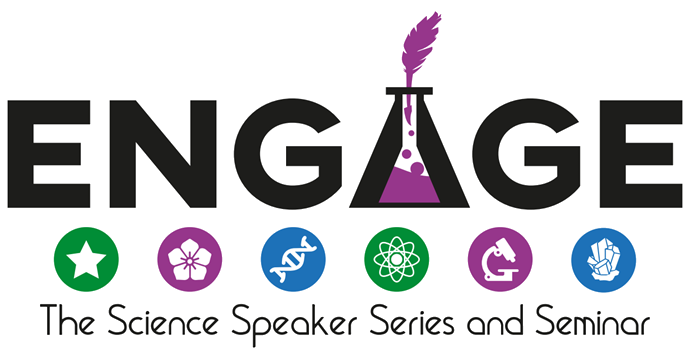Exploring Other Worlds: The Birth of a Field
Photo Credit: Wikimedia Commons, Creative Commons Licensed
The year is 1995, and the world will never be the same - or perhaps we should say worlds. Astronomers Didier Queloz and Michel Mayor announce the discovery of the first exoplanet orbiting a Sun-like star. Unbeknownst to Didier and Michel, their discovery would give birth to the field of exoplanet research, which has since exploded, leaving humanity with the question “Are we alone in the universe?”.
An exoplanet is a mysterious world orbiting a star that is not our Sun. These other solar systems come in many different forms, with ‘host stars’ that can be like our Sun (termed Sun-like) or very different in numerous ways: smaller, larger, hotter, colder, and many more. As time went on, discoveries in the exoplanet field were being made at break-neck speed and very quickly a new telescope would flip the field of exoplanets on its head once again.
The year is 2009, NASA’s Kepler space telescope has launched, ushering in a new era of exoplanet exploration - including the first discovery of a rocky, Earth-sized exoplanet. Scientists like to categorize the exoplanets we find by which Solar System planet they are like - we can find other Earths, Venuses, Jupiters, and so on! Up until this point, all the exoplanets found were Jupiters - big hot balls of gas with no discernible surface and not very good for life as we know it. But in 2011, Kepler proved to the world that other Earths are out there! Not only that, but this Earth-sized planet was in a very favorable location around its star that astronomers call the ‘habitable zone’. In the exoplanet field we have a saying: “follow the water!” - When searching for life in the universe we look for liquid water on the assumption that water is good for life, as it is here on Earth. As the optimistic name suggests, the habitable zone is the perfect distance from a star such that the temperature is just right for oceans to flourish on the surface of a planet. It’s like in the age old Goldilocks story - closer than the habitable zone is too hot, further out than the habitable zone is too cold, but inside the habitable zone is just right!
By 2021, over 5000 exoplanets are discovered; that’s a long way to come from the very first discovery just 27 years ago. Stop to consider where we are in history - there are generations of kids who have just reached adulthood that witnessed, first hand, the birth and development of the exoplanet field. In 27 years, we discovered that our solar system is not special, that our Earth is not special, that the universe is full of other worlds, and now we are closer than ever to finding out if we are alone or if the universe is an omnipresent Garden of Eden.
Enter JWST, the most ambitious space telescope to date. It is the culmination of hundreds of people’s life’s work. Some of the people instrumental to JWST’s success were those children and teens in 1995, watching the discovery of the first exoplanet. JWST was launched on Christmas in 2021, and astronomers couldn’t possibly have asked Santa for anything more. For the first time, thanks to JWST, we have the technology to truly find out what is on some of these Earth-like exoplanets, and a real shot at discovering alien life. Before JWST, telescopes were just too small to observe these tiny objects. New observations to come in 2023 will continue the tradition of exoplanet discovery as the world watches in anticipation. In 27 years, a field of science was born; what will the next 27 years bring?
Megan Gialluca studies massive water loss on planets in other solar systems (termed exoplanets). This process can turn a potentially habitable planet, like Earth, into a burning hot, water-less environment, like Venus. Understanding whether or not a planet has undergone this process informs scientists on where to search for alien life in the universe, and what the clues we should look for are.


